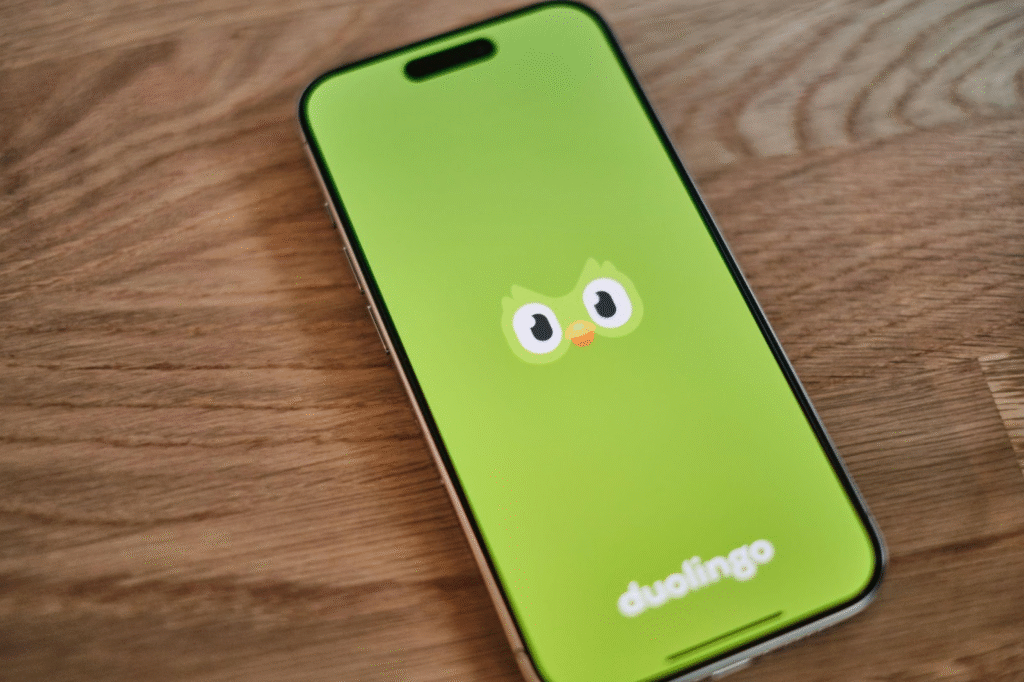Image from Unsplash
Busy lives don’t leave much room for formal courses, but upgrading your skills doesn’t have to mean hours at a desk. That’s why microlearning, or squeezing short learning bursts into your daily routine, is taking off. And when you pair those brain-training minutes with a calming mushroom coffee like Noom, packed with adaptogens and nootropics like lion’s mane, cordyceps, reishi, alpha-GPC, L-theanine, and more, you’re not only sharpening your mind… you’re nurturing it with grounded focus.
Here’s how you can build real momentum, ten minutes at a time.
Why Microlearning Thrives in Today’s World
The shift toward microlearning is driven by modern life:
- Short sessions fit short attention spans. With screens, apps, and constant notifications, our attention windows have shrunk. Microlearning acknowledges this reality instead of fighting it.
- Spaced repetition boosts retention. Revisiting small chunks helps bypass the forgetting curve. This is why flashcards, daily quizzes, or even short podcasts make a lasting impression.
- Learning alongside life. Commutes, tea breaks, and even idle waiting moments become opportunities.
- Employers see the value. Organisations now use microlearning to roll out compliance training, refresh digital skills, and keep staff sharp without the time drain of day-long seminars.
And beyond convenience, there’s brain science at play. Studies suggest our brains work in ultradian rhythms, natural 90-minute cycles of focus and fatigue. Ten-minute microbursts at the beginning of those cycles are especially effective. Pairing them with rituals (like brewing a Noom cup) helps reinforce the habit and makes your brain expect learning during that time.
The UK Landscape: Adult Learning & Microlearning
Good news: adult learning in the UK is climbing again. According to the Learning & Work Institute, nearly 42% of adults had taken part in some form of learning in the last three years, the highest proportion in over a decade.
But inequalities persist. Adults in professional jobs are nearly twice as likely to engage in training as those in manual or routine roles. Rural regions, where training centres are scarce, also lag behind urban hubs. The Department for Education acknowledges this, introducing more digital-first, flexible initiatives to close the gap.
Here’s where microlearning shines: it’s device-friendly, affordable, and adaptable. All you need is a smartphone and a few spare minutes. It makes lifelong learning realistic for people who otherwise feel shut out of formal education.
Microlearning in Practice: Where It Fits Into Life
The beauty of microlearning is how seamlessly it integrates:
- Career skills: Master Excel shortcuts, project management tips, or communication skills in short bursts.
- Languages: Five minutes of daily vocab practice accumulates faster than a weekly class.
- Wellness: Mental health apps deliver mindfulness or breathing exercises in minutes.
- Hobbies: Guitar chords, photography tips, or drawing tutorials, learn bit by bit.
- Well-being rituals: Use your daily “coffee break” to learn while sipping a focus-friendly alternative like Noom, turning downtime into brain fuel.
These little injections of knowledge add up. Ten minutes a day is over an hour a week, enough to complete dozens of microlessons across a year.
Real-World Microlearning Tools

Image from Unsplash
- Duolingo – bite-sized language practice.
- TED-Ed / Khan Academy – short lessons across countless subjects.
- Coursera / LinkedIn Learning – micro-courses for professional development.
- 5Mins.ai – enterprise training platform offering ultra-short content for the workplace.
- Noom – while not an e-learning tool, it shows how micro-habits and incremental routines build sustainable results.
What all of these have in common: they embrace brevity and consistency.
Building Your Own Learning Rhythm
Here’s a framework to get started:
- Define your goal. Be clear. Want to improve public speaking, brush up on digital marketing, or learn coding basics?
- Pick your resource. Choose tools that match your learning style: visual, audio, interactive.
- Set your trigger. Link microlearning to something you already do daily: a coffee break, your commute, or winding down before bed.
- Keep it short. 5-10 minutes is plenty. Over time, the habit matters more than the volume.
- Track and reward. Progress bars, streaks, or even small personal rewards help the habit stick.
Why It Sticks
Microlearning isn’t just a fad. It works because it’s:
- Non-intimidating. Ten minutes feels doable, even on busy days.
- Rewarding. Each micro-lesson gives a small sense of achievement.
- Neurologically smart. Frequent repetition strengthens neural connections better than cramming.
- Habit-friendly. Combine it with routines, like drinking Noom in the morning, and it becomes second nature.
Inclusivity and Access
Adult education has historically been uneven in the UK. Older adults, people in lower-income households, and rural residents face barriers. Microlearning breaks many of them down:
- Cost: Many resources are free or very low-cost.
- Access: Content is digital-first, often mobile-ready.
- Time: Five minutes a day is manageable for almost anyone.
It’s also socially beneficial. For older learners, microlearning can keep the mind sharp and combat isolation. For jobseekers, it offers a pathway to new skills that increase employability. For busy parents, it’s education that works around childcare and work commitments.
Lifelong learning doesn’t have to mean night classes or rigid programmes. Microlearning proves that steady progress can come from the smallest actions.
Start your day with one new phrase in a foreign language, one productivity tip, or one leadership insight. Brew a cup of Noom while you do it, and turn your coffee break into a learning break. Ten minutes a day adds up, not just to new skills, but to confidence, curiosity, and momentum.
That’s the power of microlearning: small steps, consistent rituals, and long-term transformation.













